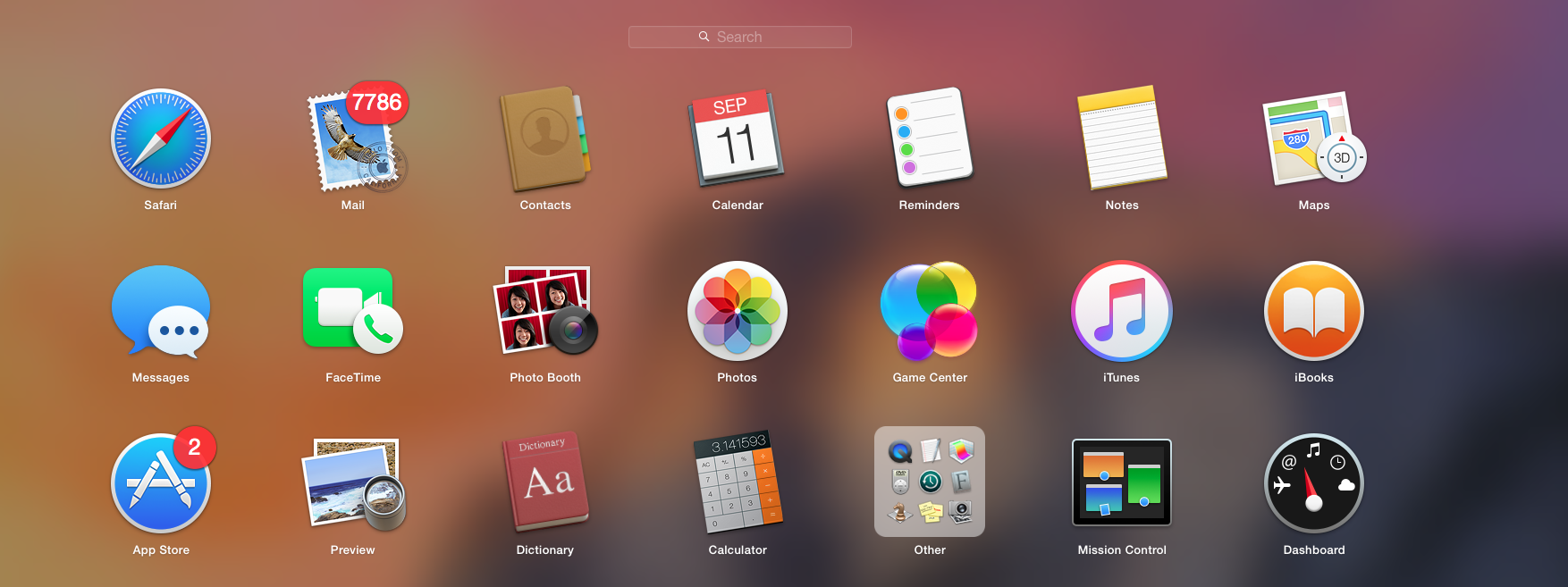
If you plan on using your USB on both Windows and macOS devices, the preferred format is ExFAT. Different File System Formats Available in Disk Utility ExFAT Let’s look at how to format your thumb drive for a Mac. Unless it’s specifically designed to work on a macOS, you'll need to reformat the flash drive. It’s because most computers run on Windows and most thumb drives ship with formats that favor a Windows environment. Click “OK” to start the format.Have you ever tried to use a USB drive on your Mac only to realize you couldn’t write any files to it? Windows warns you’ll lose any data on the drive you’re about to format. Remember, this will erase the entire drive, so make sure you have anything you need backed up!

When you’ve got all your options set the way you want them, click “Start” to continue. A low-level format is a good option if you’re concerned about the reliability of the drive. Clear this option to perform a low-level format that takes longer, but checks out every sector of the drive.

Allocation unit size: The allocation unit size represents the maximum cluster size on a drive-the smallest units into which data are broken.

If you’re formatting a drive over 32 GB, you won’t see the FAT32 option here, but we’ve got a guide to help you work around that if you need to. File system: Depending on the size of the drive you’re formatting, you’ll see a few options here, including FAT32, exFAT, and NTFS.RELATED: How to Format USB Drives Larger Than 32GB With FAT32 on Windows

The dropdown shows only the drive you selected, so there’s not much to do with this option other than make sure you’ve got the right drive selected. Capacity: This box shows the capacity of the drive.The “Format” window offers a number of options: Right-click any drive in File Explorer, and then click the “Format” option.


 0 kommentar(er)
0 kommentar(er)
